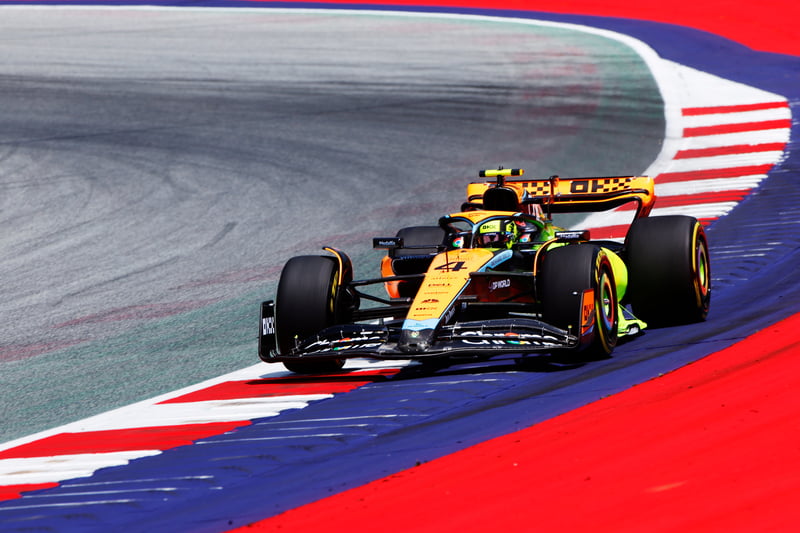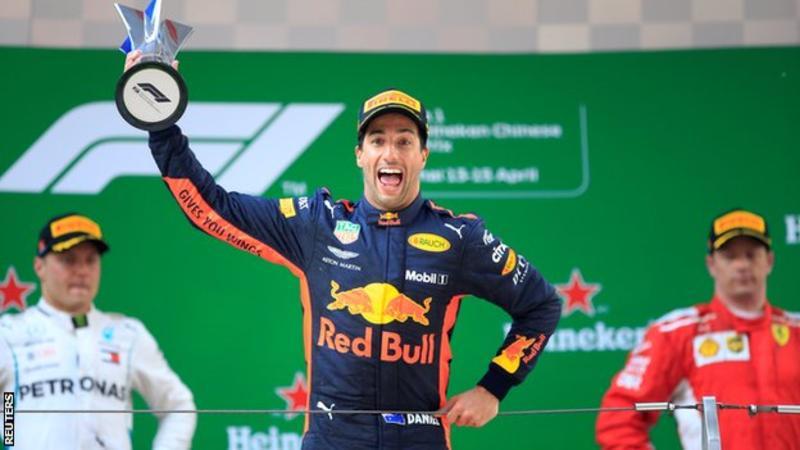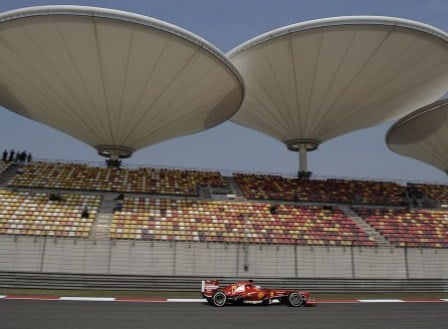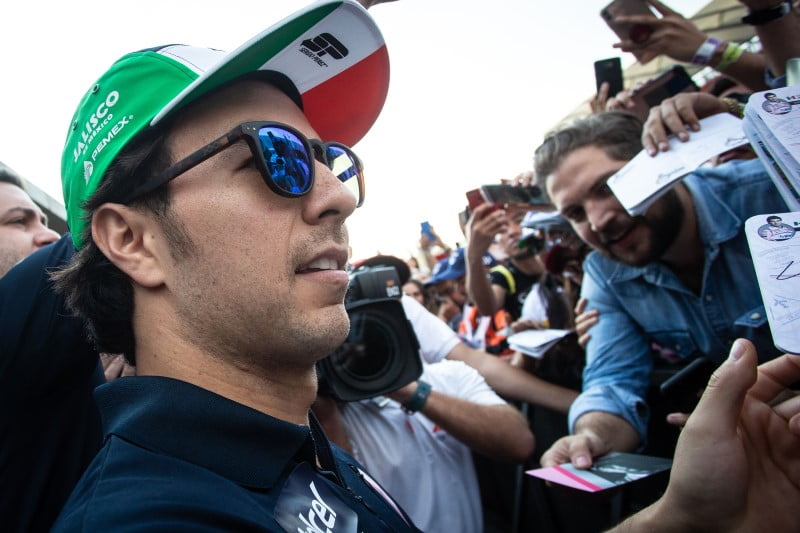2023 Austrian Grand Prix
Budding Formula 1 tech-journalist Ashwin Issac pens his ‘F1 Midfield Tales’ from the 2023 Austrian Grand Prix. ‘F1 Midfield Tales’ will be a combination of data and analysis that will aim to dissect the uber-competitive F1 midfield race-after-race.
Preface for the F1 midfield in Austria
The Formula 1 caravan has arrived in a land where ‘the sounds of music’ echo through the picturesque valleys and hills. The mountains will be reverberating this weekend with ‘the sound of thundering racing engines’.
We are in Spielberg, Styria, Austria for the Formula 1 Rolex Grosser Preis Von Ōsterreich 2023. The 9th round of the championship and the 2nd sprint weekend of the season. This is the beginning of what is going to be a busy July where we are going to witness 4 Grands Prix within this month.
This circuit in central Europe, nestled in a valley among the eastern Alps has regularly entertained us fans over the years and in recent times the Dutch ‘orange army’ have added to the festive atmosphere.
The Red Bull Ring, as the name suggests is owned by the group which makes this a home race for Alpha Tauri. This Spielberg track is one of the shortest in the calendar and hence the lap times are short with the gap across the field being very small.
The track layout is very straightforward with just 10 corners but these corners vary in their speeds from slow-medium to medium-fast. The track offers great elevation changes with an uphill braking zone in the first and the only corner in sector 1, from turn 3 in sector 2 we descend down gradually all the way to the last corner in sector 3.
This race track demands a good combination of straight-line speed and front-end downforce for an optimized lap time. Teams tweak their setups to negate their drawbacks either with top speed or downforce depending on the characteristics of their car.
There were no changes made to the track layout and Pirelli offered the softest range of tyres for the weekend.
McLaren, among the midfield, was the team that arrived with the maximum amount of upgrades but it was only on one of their cars and it was their lead driver Norris who had the honour.
Let’s take a look at how things played out for the F1 midfield teams in Austria throughout a busy, tricky, and challenging weekend.
Observations from the F1 midfield in Austria
For the comparisons, data with similar variables are selected for a viable analysis. For instance, the fastest sectors by a team and not individual drivers are considered for the qualifying examination. Lap times are collected for the same tyre compound at comparable race periods.
This being a sprint weekend, FP1 was very important for the teams and drivers to gather valuable data. Thankfully for the teams, it was an undisturbed session and the weather stayed away. The teams focused more on their long runs and spent very limited time on single lap pace on the soft tyres for two reasons, one was time constraints and the other was to save soft tyres for the two qualifying sessions.
Qualifying battle between the F1 midfield in Austria
The weather stayed away for the qualifying session too but there was cloud cover and the track temperature had reduced by 10° C compared to FP1. The temperature difference was not as drastic as it was in Spain and with the track temperature still around 38°C with the softest range of tyres offered, it didn’t call for any vociferous complaints.
The biggest challenge the drivers had was to keep their cars within the white lines, especially at turns 9 and 10. The flat, MotoGP-friendly kerbs invited the drivers to push the edges, though their efforts gained them time it also meant that those times were deleted. Those deleted lap times made the drivers cautious in the last sector, resulting in slower lap times. Their mistakes cost them starting positions in a short track like this with short lap times.
Because of lost lap times, here is a clustered bar chart representing the gaps of each driver in each sector with Lando Norris as the benchmark as he was the fastest among the midfield. The deficit for each sector is represented by the bars. In contrast, the green line represents the difference between the potential team lap and the registered fastest lap of a driver and the red line represents the difference between the potential driver lap and the registered fastest lap of a driver.
Potential Team Lap: It’s the total of all the fastest sectors set by a team as a whole in the qualifying session.
Potential Driver Lap: It’s the total of all the fastest sectors set by the individual driver in the qualifying session.
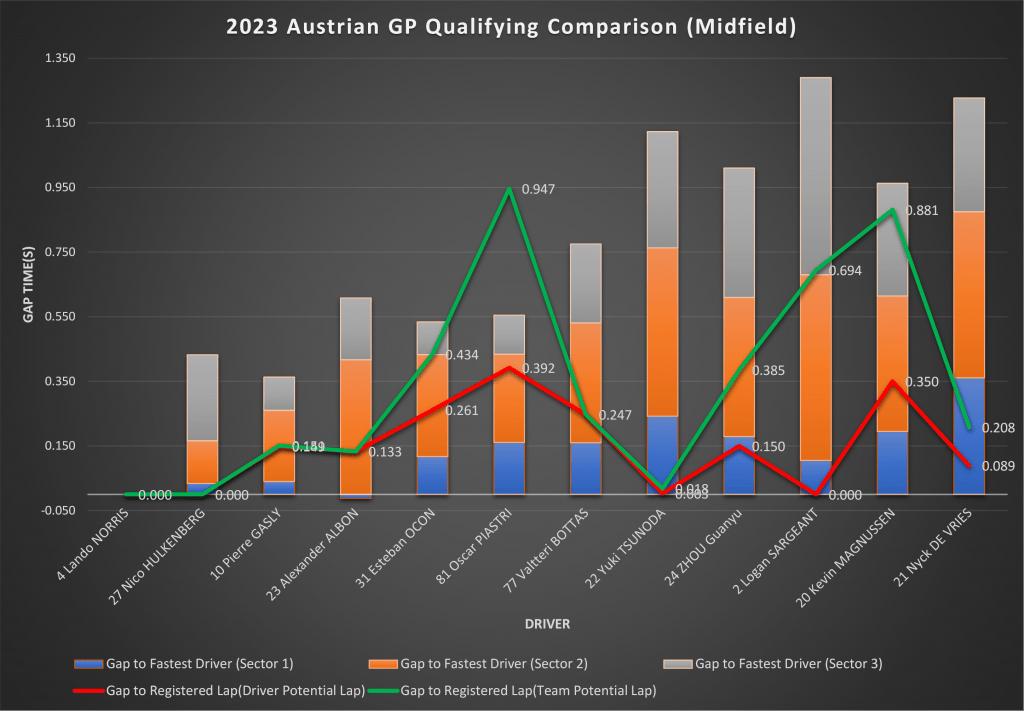
- Lando Norris in his updated McLaren was the fastest among the midfield, he even managed to beat 5 drivers from the top 4. He was impressive as he strung together all his best sector times. Piastri in his old iteration of the car had a decent showing but his best lap, which would have taken him to Q3 was deleted hence his deficit.
- Hulkenberg again displayed Haas’s one-lap potential, but his deficit to Norris on the 3rd sector must have been induced by the fear of track limits. On the other hand, Magnussen had a qualifying to forget.
- The Alpine should have been the second fastest car behind Norris but because both drivers were affected by track limits, they left some time on the table with Ocon even missing out on Q3 with a crucial lap time deleted.
- Alexander Albon was the fastest among the midfield in sector 1, an ode to the characteristics of the car. He managed to push his car into Q3 but his fastest time was registered in Q2, even if he had managed to keep his car within the white lines and if he had pieced together his best sector times, he would have still classified P10. The rookie, Sargent, displaying his inexperience, couldn’t maximise the car’s potential.
- Valtteri Bottas had a shaky start to the session but his incident didn’t affect his qualifying, it would have been difficult for him to take part in Q3 even if he had optimised his lap time. Zhou was just a step behind his senior teammate.
- Alpha Tauri was arguably the slowest team in this session, even with an updated rear wing their qualifying performance is something to be worried about.
The mini-sector map below shows where each team had an advantage over the other at different parts of the track:
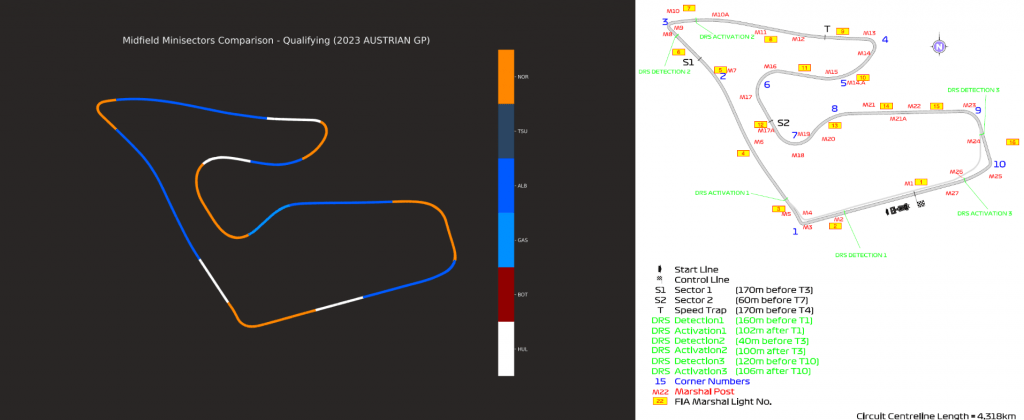
Sprint Shootout between the F1 midfield in Austria
Rain was expected on Saturday and it didn’t disappoint. There was rain prior to the session and a Formula 3 sprint race was held, a dry line appeared as the rain stopped. This dry line was very evident which prompted the teams to start the session on slicks.
Disclaimer: Under normal conditions, in SQ1 and SQ2 the drivers are obliged to use medium tyres and new soft tyres in SQ3 but as the track was declared wet, this rule becomes mute.
Track limits were not a big issue for this session as off-line was still fairly wet and with Friday’s strict scrutineering in mind, the drivers were on their best behaviour.
The biggest challenge was to switch on the tyres at very cool track temperatures, it was 16°C cooler than the last session. Drivers did struggle and the order of performance was shuffled a bit.
Drivers who could switch on their tyres in those conditions reaped the benefits. To make a fair comparison, only the registered times of SQ1 were taken into consideration because the green track ramped up in grip as the sprint shootout progressed and hence the time started to fall drastically.
Here’s a bar chart representing the SQ1 times posted by the midfield:
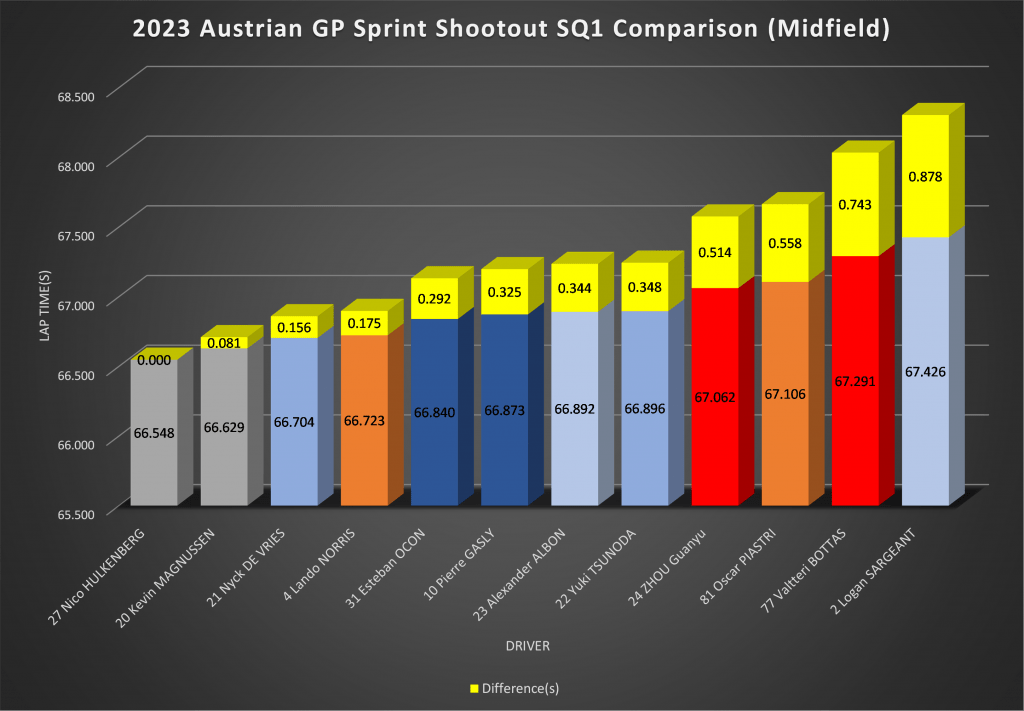
- Haas, who are generally hard on their tyres were able to switch on their tyres better than the rest.
- The Alpha Tauri were in the mix early, De Vries with his new sets of soft tyres was able to set a good lap.
- McLaren used a different strategy where they ran on one single set of soft tyres for the whole duration of SQ1, it worked out for Norris but Piastri ended up being eliminated.
- Alpine just did enough to get ahead in the session.
- Albon in his Williams managed to get by for the next segment.
- Alfa Romeo was the slowest car in this session, they struggled to switch on their tyres in these conditions and both of them were knocked out at the end of SQ1.
As the track conditions improved the times were coming down quickly. Both Haas drivers with Norris and Ocon placed themselves for a SQ3 showdown. Gasly missed out on SQ3 through bad fortunes regarding weight bridge obligations and last-corner shenanigans.
Norris had a good showing again in SQ3 placing P3 but it was Hulkenberg who stole the show in a set of mediums qualifying at P4.
Sprint Race performance between F1 midfield in Austria
To culminate the standalone sprint Saturday, the rain that missed the shootout session arrived just before the sprint race started. Though it was drizzle at best, the track soon became wet and the drivers were forced to start the race on intermediates.
There were speculations made until the last second and Valtteri Bottas gambled on slick but on the formation lap it was soon clear to him and his team that it was far from slick conditions, Bottas eventually jumped into the pits at the end of the formation lap.
The Red Bull pair had a battling first couple of corners which bunched up the field behind them this allowed Hulkenberg to take advantage and he moved to P3 at the expense of Lando who mysteriously had an anti-stall at the top of turn 3 which pushed him back to 9th. There were other changes down the field after the first lap with the Mercedes pair making up some places.
With no more rain, the track started to dry up around lap 15 and George Russell gambled on switching to slicks on the 15th lap with 9 laps to go, this triggered most of the field to switch to the slicks. Hulkenberg pit from P4 at that point, he was indeed struggling on his inters but his move to the slick eventually gave him P6.
In hindsight, if Hulkenberg had stayed on inters, would he have kept P4 or would he have dropped to P6 or lower, the analysis between the Alfa Romeo teammates below would help answer that question.
The ones who took advantage of that situation were Russell and Piastri who made up significant places. This advantage was a combination of them pitting early and others following suit and pitting a lap or two late.
The advantage that the slick tyres had at the end of the race is represented by the scattered chart below:
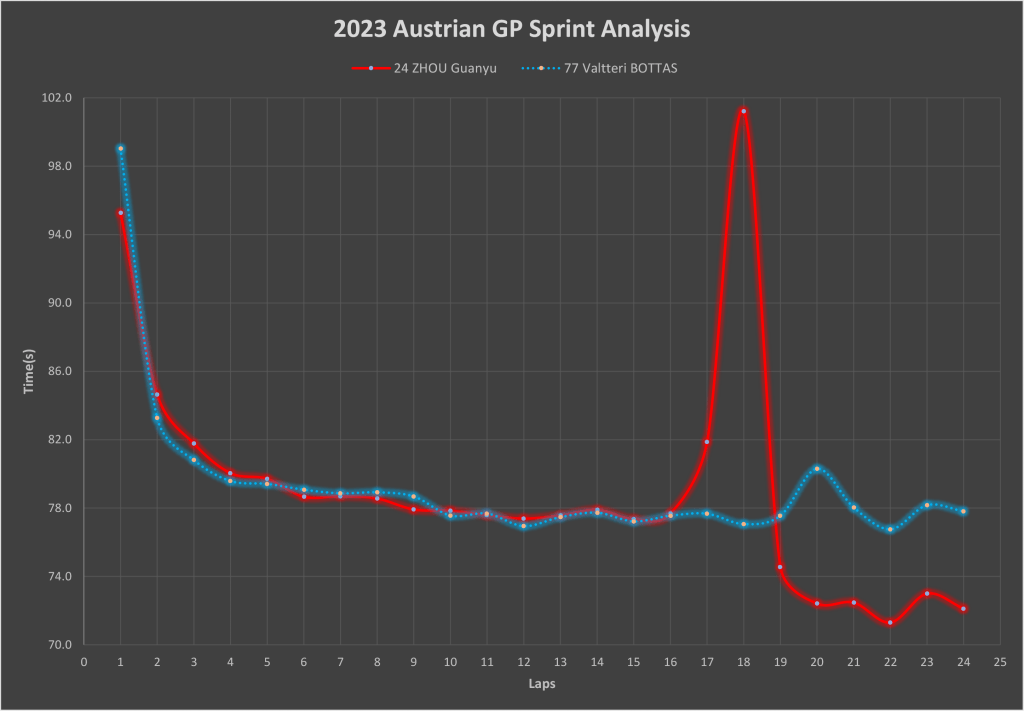
- Bottas lost about 4 seconds because of his pitting on the formation lap to shift to intermediate tyres
- The pace between the teammates was very similar until Zhou pitted for the soft slicks.
- It is clear that the pace advantage on slicks is drastic.
- Was that strategy faster than staying out? Yes, it was, even though Zhou did not improve on his position prior to shifting to slicks, he definitely overcame the pit window deficit and gained about 4.5 seconds over his teammate who was just a second behind him on lap 16 before the change to softs.
Race performance between F1 midfield in Austria
The weather was clear and the track was dry for the race on Sunday. The choice of tyre for the start of the race by the majority of the drivers was the medium compound tyres. Bottas and Magnussen opted for the hard tyres with Magnussen starting from the pitlane because of a new rear suspension, he was also joined by Nyck De Vries in the pitlane who had a new PU installed.
There was a skirmish involving Tsunoda and Ocon at turn 1 which damaged Yuki’s front wing leaving a trail of debris and enforcing a safety car at the end of lap 1.
Magnussen’s team took that as an opportunity to circulate through his tyre compounds and joined the back of the queue with the repaired Alpha Tauri on hard tyres.
The race was interrupted at lap 13 courtesy of the stricken Haas of Hulkenberg, who had to retire from the race because of a terminal technical problem. This enforced a VSC which prompted most of the drivers in the midfield apart from Magnussen, Tsunoda, De Vries and Zhou to pot under VSC to change for a set of Hard tyres. De Vries and Zhou visited the pits before the VSC was deployed.
Stint 2 on hard tyres was a representative race period for a fair comparison of pace between the teams as at least one of the drivers from each team was on the same compound of tyres. Below is a scatter chart comparing the pace of the midfield:
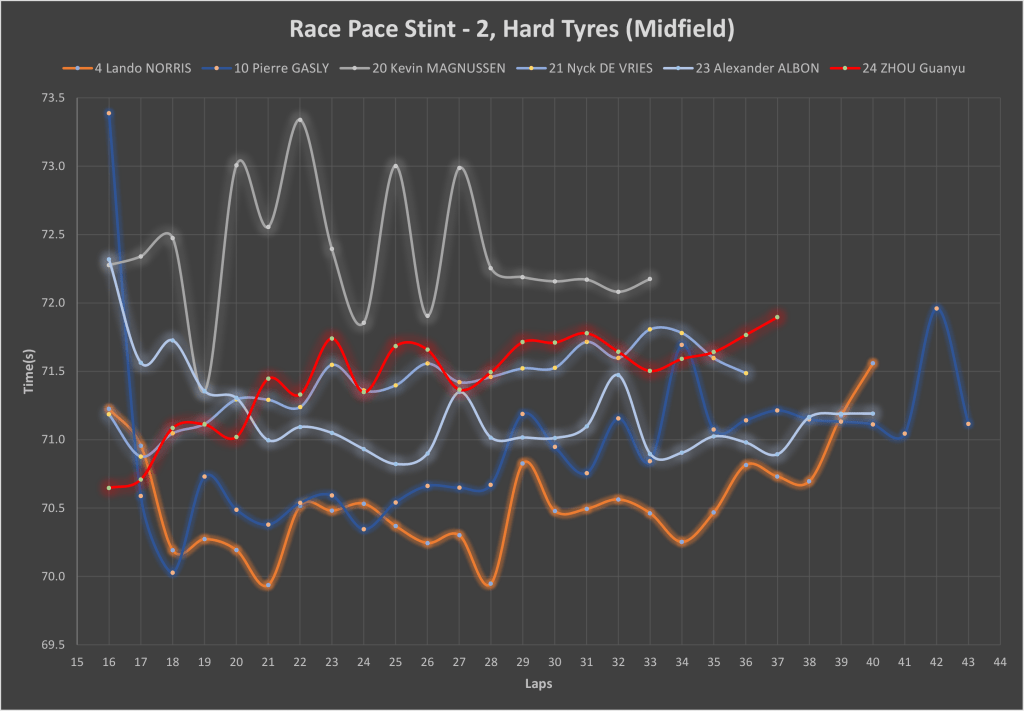
- The updated McLaren with a distinct advantage in race pace, Lando’s impressive pace was good enough to be in the mix amongst Ferrari, Aston Martin and Ferrari.
- The Alpine of Gasly was just a step behind with the Williams of Albon, initially slow, matching his times at the end of the stint.
- The Alfa Romeo and Alpha Tauri had a very similar pace at this stage but were a stride behind the Williams.
- The Haas was the slowest of the lot, though his tyres were at least 10 laps older, the pace difference is a bit worrying.
Stint 3, which was the last stint for most had split strategies across the board. Alpine decided to split between their drivers giving us an opportunity to look at the pace differential between the two compounds. The scatter chart below will give us an idea:
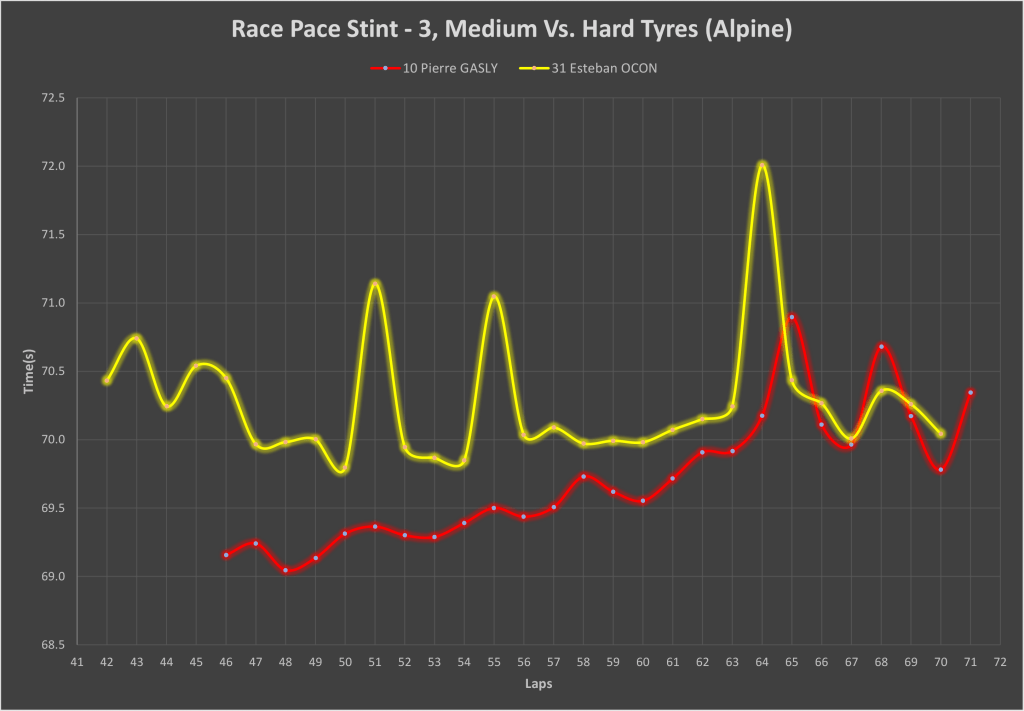
- The pace advantage that the medium tyres initially had is clearly evident.
- The lap times converged at the end but it seemed like for the last stint the medium tyres were the better option
The talk of the paddock was the heavily upgraded McLaren. Backed by the confidence bestowed on them by the legendary Mika Häkkinen, all eyes were on Lando Norris’s car as only he received the update.
The improvement in pace was noticed in all the prior sessions, the question was, could the pace be translated on race day? On comparison at a similar period of race with similar variables, Norris had a consistent advantage of 0.250 seconds over his teammate in the old iteration of the car and the chart below depicts the same:
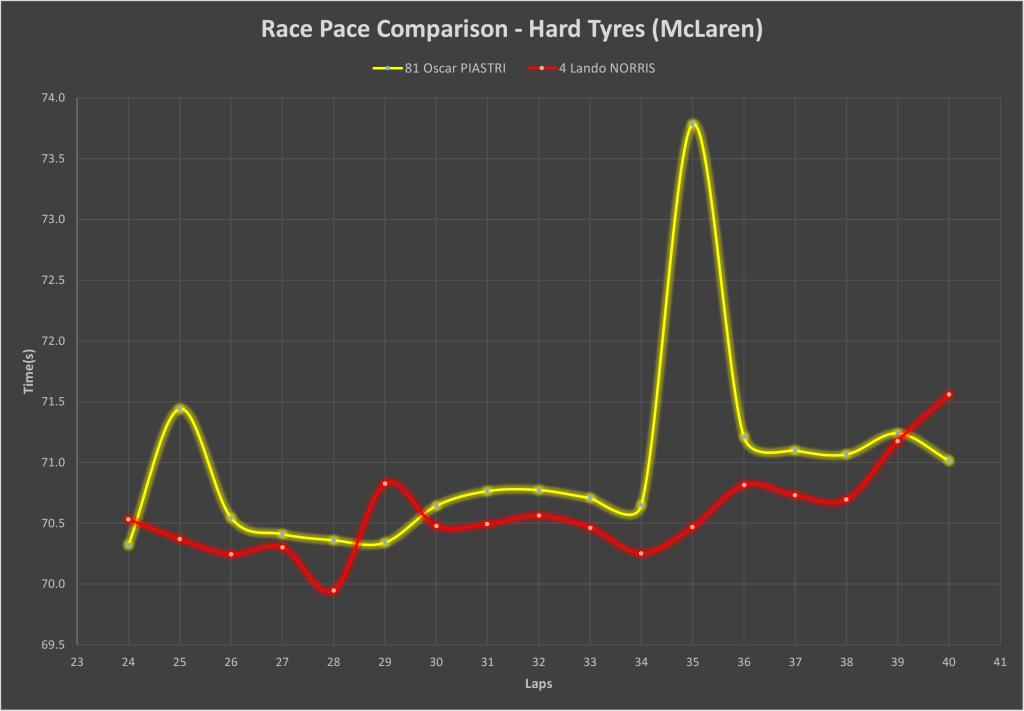
Throughout the race, penalties were given out like hotcakes due to track limit infringement. Very few drivers escaped a penalty, the number of penalties handed out rearranged the track positions during the race and most frustratingly after the race.
Conclusion – F1 midfield in Austria
The sprint weekend on the whole was entertaining, even more so for the F1 midfield in Austria. This Grand Prix gave us new insight into the hierarchy of the midfield.
McLaren’s update is promising and may have just catapulted them into the top of the midfield. With more new parts incoming in the subsequent race weekends, the near future looks bright for the team from Woking.
Alpine’s performance couldn’t be gauged appropriately this weekend, a clear traditional Grand Prix should give us a better understanding.
The Austrian track suits the characteristics of the Williams car, there are a few reasons to believe that they have improved their high-speed corner performance. Silverstone next week will be a good test for them
Alfa Romeo and Alpha Tauri, based on this weekend match each other’s performances, their race pace just edges them above Haas.
The track limit infringement rules and scrutineering need to be looked at by the FIA in tracks such as Austria where the kerbs are very inviting. A faster scrutineering method must be employed to make the drivers aware of their infringements to prevent uncertainty.
In the duration of this Grand Prix, the motorsport community and the world were dispiritingly reminded of the dangers and risks involved in this sport. The sombre news of the death of Dilano Van ‘T Hoff, killed during a race of the Formula Regional European Championship at Spa- Francorchamps, would have shaken the confidence of the drivers but the warriors shook off their dark thoughts and gave us spectators an entertaining race.
Surely, our thoughts are with the bereaved family and friends.
Next week, the legendary Silverstone circuit beckons the Formula 1 entourage.
